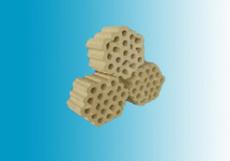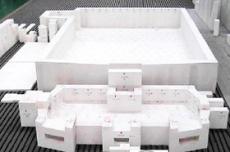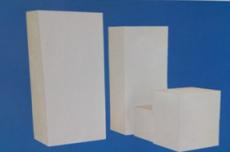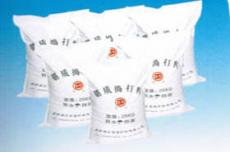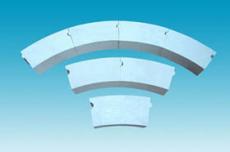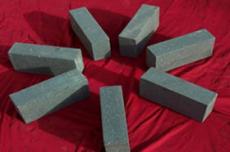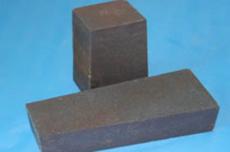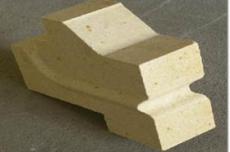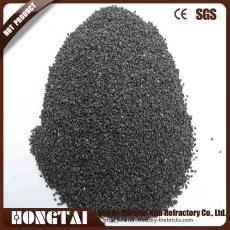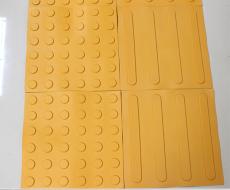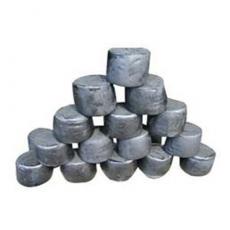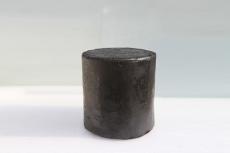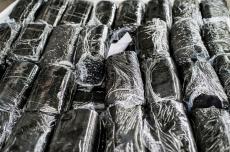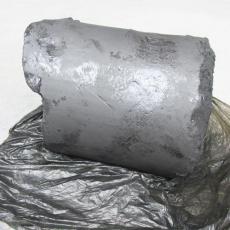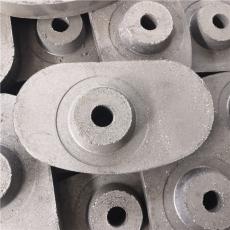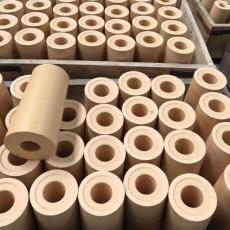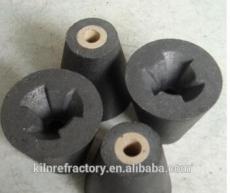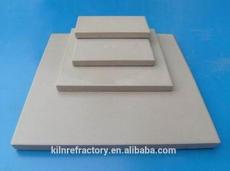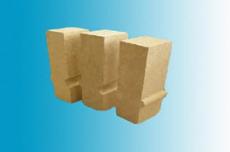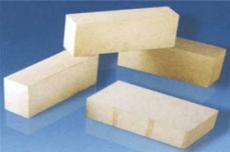
Characteristics of refractory ramming materials
Refractory ramming materials have a series of excellent characteristics, mainly including:
High refractoriness and high temperature stability: it can maintain its structure and performance stability for a long time under high temperature environment.
Good construction performance: it can be formed by ramming or vibration to meet the construction needs of various complex shapes. At the same time, ramming materials can be rammed on site, and the equipment uses pneumatic picks or mechanical ramming. If the amount of material is small or the unimportant parts are used, it can also be tied by hand. However, refractory ramming materials are not as fast as refractory castables, and the labor intensity is greater than that of castables.
Erosion resistance: resistant to erosion, wear and spalling.
Thermal shock resistance: can withstand rapid temperature changes without cracking or spalling.
Chemical stability: can remain stable in a variety of chemical environments and is not easily eroded or deteriorated.
Classification of refractory ramming materials
Refractory ramming materials generally refer to dry ramming materials, which can be divided into various types according to the material, including but not limited to:
Clay ramming materials
High-alumina ramming materials
Mullite ramming materials
Corundum ramming materials: Bulk materials made of corundum, silicon carbide, graphite, and electric calcined anthracite as raw materials, mixed with various ultrafine powder additives, and fused cement or composite resin as binders.
Silica ramming materials: The main raw material is silica, which is the general name for vein quartz, quartzite, and quartz sandstone.
Magnesium ramming materials: Bulk materials made of fused magnesia as raw materials, mixed with various ultrafine powder additives, and fused cement or composite resin as binders.
Silicon carbide ramming mass
Mullite corundum ramming mass
In addition, according to the different binders, refractory ramming mass can also be divided into acidic ramming mass combined with sodium silicate, ethyl silicate, silica gel, etc., alkaline ramming mass combined with magnesium chloride and sulfate, etc., and ramming mass using other special binders.
Application of refractory ramming mass
Refractory ramming mass is widely used in many fields due to its excellent performance, mainly including:
Metallurgical industry: used for lining materials of smelting equipment such as blast furnaces, converters, electric furnaces, etc., which can withstand high temperature and erosion of molten metal.
Building materials industry: used for lining and thermal insulation materials of equipment such as glass kilns and cement rotary kilns.
Non-ferrous metal smelting: used for lining materials of non-ferrous metal smelting furnaces such as copper, aluminum, and zinc.
Chemical industry: used for lining materials of equipment such as sulfuric acid towers and incinerators, which can withstand high temperature and chemical corrosion.
Mechanical industry: used for lining and thermal insulation materials of various high-temperature furnaces, such as heat treatment furnaces, forging furnaces, etc.
In addition, refractory ramming materials are also often used to fill the gap between furnace cooling equipment and masonry or masonry leveling layer, as well as lining materials for coreless medium frequency furnaces, cored induction furnaces and other equipment.
Refractory ramming materials play an important role in industrial production due to their unique properties and wide range of applications.
